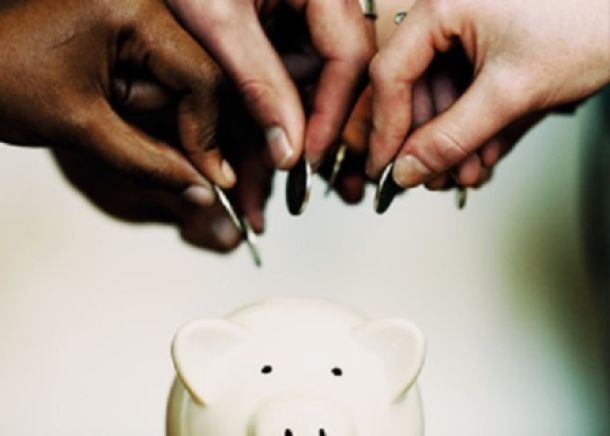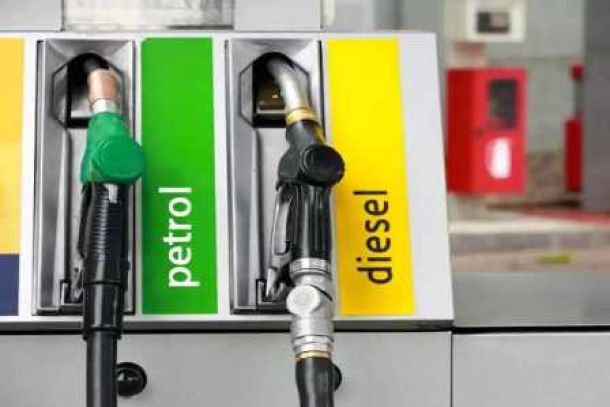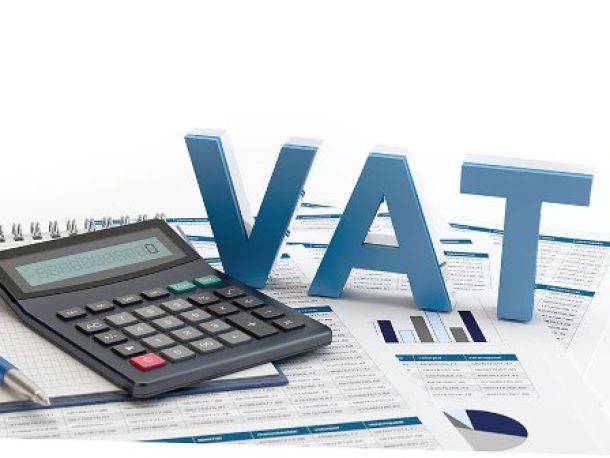Loyalty schemes used for everything from paying for dates to buying vital meds
Millions of South Africans have come to depend heavily on loyalty programmes‚ many using their points to buy essentials — groceries‚ pre-paid electricity and fuel — while others save them for spoils such as a month-end bottle of whiskey or an overseas holiday.
Angela Chandler of Milnerton saves all her loyalty points every year for a very specific purpose — attending the Up the Creek music festival on the Breede River in January with her husband.
"My Makro points buy the booze and any camping gear we need; our food is paid for with Smart Shopper and SuperSpar points‚ and my Clicks Clubcard points pay for the sunscreen and all the other cosmetics‚" she said.
"It’s hugely satisfying to get it all free‚" she said.
As a nation South Africans are notoriously bad at saving‚ but many who lack the discipline or the means to save in the traditional way are managing to passively accumulate some spending power in the form of points‚ meaning they can fund the Christmas splurge or buy a longed-for appliance without getting further into debt.
For a growing number of consumers‚ their company loyalty routinely buys them pre-paid electricity and qualifies them for substantial fuel savings.
According to the Truth Customer Loyalty Whitepaper of 2016‚ consumer demand for loyalty programmes is increasing at a rate of 6% a year‚ with economically active South Africans belonging to an average of 4.6 programmes.
By far the most popular one is Pick n Pay’s Smart Shopper — about 12-million South Africans have been issued with those blue cards. The programme works for both spenders and savers: there are personalised discounts to be had weekly on the products each consumer regularly buys‚ and points to accumulate for redemption later.
Some customers save their points to reward themselves in December‚ and others redeem them to get through a bleak January‚ said John Bradshaw‚ Pick n Pay’s head of marketing.
"But most save them until they get to a certain target and then buy themselves something special‚" he said.
For Samuel Magane of Pretoria‚ his Smart Shopper points recently gave him the means to ask a woman out on a date — he bought airtime and food.
Many use programme overlaps to maximise their points. Momentum Multiplier members get double Pick n Pay Smart Shopper points‚ for example.
A Wynberg consumer uses those Smart Shopper points to treat himself to a bottle of whiskey at Pick n Pay’s liquor outlet every month, "and I don’t have to feel guilty about it".
Others have benefited from their loyalty points unexpectedly.
One recent month-end‚ a Cape Town man found himself so short of money in a queue at a branch of DisChem that he was worried he would not be able to afford medication for his sick child.
"I had forgotten all about the rewards programme‚ but the cashier said I had more than enough points for the meds — almost R500 worth.
"It was a really welcome bonus‚" he said.
The second-most-popular loyalty programme in the land is Clicks Clubcard‚ which surpassed Edgars’ Thank U card in 2016‚ thanks to its switch to cash-back rewards from voucher-based rewards.
And Discovery Vitality Active Rewards noted an 88% increase in member engagement after introducing the frequent reward element.
"In the South African loyalty market place‚ most people just want cash back or a free cup of coffee‚" said the Truth WhitePaper authors.
This is particularly true for women — 70% of the women in consumer insight company WhyFive’s Brandmapp 2016 survey‚ involving 27‚446 respondents‚ said they preferred cash-back rewards‚ compared with 56% of men.
Men are generally more interested in loyalty programmes that offer status — such as high-level tiers — but only if it is clearly visible to others‚ said loyalty consultancy Truth‚ which collaborated with WhyFive on the Whitepaper.
Leading the financial services and banking loyalty programmes is FNB’s eBucks in sixth place overall‚ which is one of the country’s oldest loyalty programmes‚ having been in existence since 2000.
Members — 5.4-million of them — can earn and spend rewards with 40 of the bank’s partners in-store‚ online or by cellphone.
"Members are using their eBucks to stretch their wallets‚ especially in the current tough economic climate‚" an FNB spokesperson said. "A substantial number of them are adapting their shopping and banking behaviour to earn as many eBucks as possible‚ whether it is to buy necessities like groceries or fuel when they are strapped for cash‚ or to spoil their family and friends with special treats and gifts."
Arthur Goldstuck‚ MD of technology market research company World Wide Worx‚ cited eBucks as an example of how loyalty programmes should be done. "The points don’t expire‚ and the bank goes out of its way to encourage members to use their value‚" he said. "Of R8.4bn worth of eBucks issued‚ R7.3bn have been used."
That’s an 85% spend-to-earn ratio; way above the global standards of 60%.
"The bank has to win‚ the member has to win and the spend partner has to win‚" he says. "If any of those lose‚ you don’t have sustainable programme."
Loyalty programme usage in the younger segment is growing at double the average rate across all ages. In 2016‚ 60% of all South African consumers under the age of 25 years used loyalty programmes.
Checkers was named the best short-term loyalty programme at the 2017 Loyalty Magazine awards in London in June. The tiny versions of branded products‚ from Baker’s Zoo Biscuits to Pampers nappies were a huge hit with children‚ and with cute freebies requiring R150 to be spent‚ many parents admitted to putting more into their trolleys with the sole purpose of getting an extra "mini me" or two.
News Category
- International retailers
- On the move
- Awards and achievements
- Legislation
- Wine and liquor
- Africa
- Going green
- Supplier news
- Research tools
- Retailer trading results
- Supply chain
- Innovation and technology
- Economic factors
- Crime and security
- Store Openings
- Marketing and Promotions
- Social Responsibility
- Brand Press Office
Related Articles

Empowering South African households through gro...

SPAR shares practical tips to beat food inflation

South African motorists could be paying up to R...

Big VAT changes on the cards


